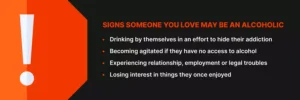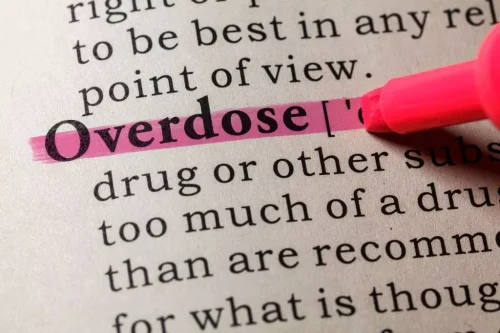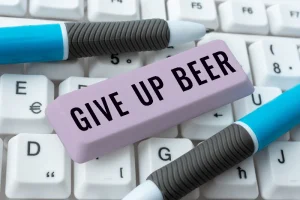
The most commonly used stimulants are cocaine and amphetamines. Immediately after you stop using stimulants, you might have feelings of anxiety, sadness, or aggression. Heart palpitations, increased blood pressure, fast heart rate, hyperthermia (elevated body temperature), rapid breathing, sweating, hallucinations, and seizures.
- Take our free, 5-minute alcohol misuse self-assessment below if you think you or someone you love might be struggling with an alcohol use disorder (AUD).
- If you are concerned about potential alcohol withdrawal symptoms, talk to your doctor.
- Although detoxing from alcohol at home can have benefits, the early stages of sobriety pose a dangerous risk for medical complications.
- Tell your close friends and family before you begin your detox, and ask them to support you.
- That said, there are four general stages of recovery, as compiled by addiction expert Steven M. Melemis, MD.
- They provide a structured treatment program tailored to your needs.
Treatment Options for Alcohol Use Disorder (AUD)
While it’s the right decision, it may put them at risk of experiencing withdrawal. For their safety, stopping alcohol use should be handled under medical supervision. Just because you’re detoxing at home doesn’t mean you should do it alone.
How Much Do I Have to Drink to Experience Withdrawal?
- Heart palpitations, increased blood pressure, fast heart rate, hyperthermia (elevated body temperature), rapid breathing, sweating, hallucinations, and seizures.
- Dr. Streem suggests starting with the World Health Organization’s Alcohol Use Disorders Identification Test (AUDIT).
- It’s very important to seek help if you struggle with alcohol use disorder.
- The purpose of tapering off alcohol is to avoid major withdrawal symptoms so you can achieve sobriety safely.
- It allows you to manage alcohol withdrawal symptoms in the comfort of your own home with little cost.
Find a family member or friend to help keep you safe and keep an eye on you during the process. If your withdrawal symptoms become too severe, they can seek help from medical professionals. Some people mistake symptoms of dehydration for symptoms of alcohol withdrawal. When detoxing at home, drink plenty of water to replenish your body. Although it’s possible to detox from alcohol at home, it can be dangerous.

How is alcohol withdrawal diagnosed?

For most people, alcohol withdrawal symptoms will begin to subside after 72 hours. If you are still experiencing withdrawal symptoms after three days, talk to your healthcare provider. We publish material that is researched, cited, edited and reviewed by licensed medical professionals. The information we provide https://ecosoberhouse.com/ is not intended to be a substitute for professional medical advice, diagnosis or treatment. It should not be used in place of the advice of your physician or other qualified healthcare providers. When they suddenly quit drinking, the brain continues its hyperactivity, but alcohol no longer suppresses the effects.
If you’re living with alcohol use disorder (also known as alcoholism), you’ll likely benefit from additional medical interventions. Inpatient treatment at a hospital or medical center alcohol detox side effects isn’t as common as it used to be, but these programs make sense if you have serious medical or mental health issues. A program gives you support to guide you through the withdrawal.

This process temporarily restores homeostasis, or chemical balance, in an effort to counteract the impact of long-term alcohol use on the brain. Tell your close friends and family before you begin your detox, and ask them to support you. Consider creating a visiting schedule so you are never alone during the first week of detox.

How to Stop Drinking: Making a Plan That Works for You



